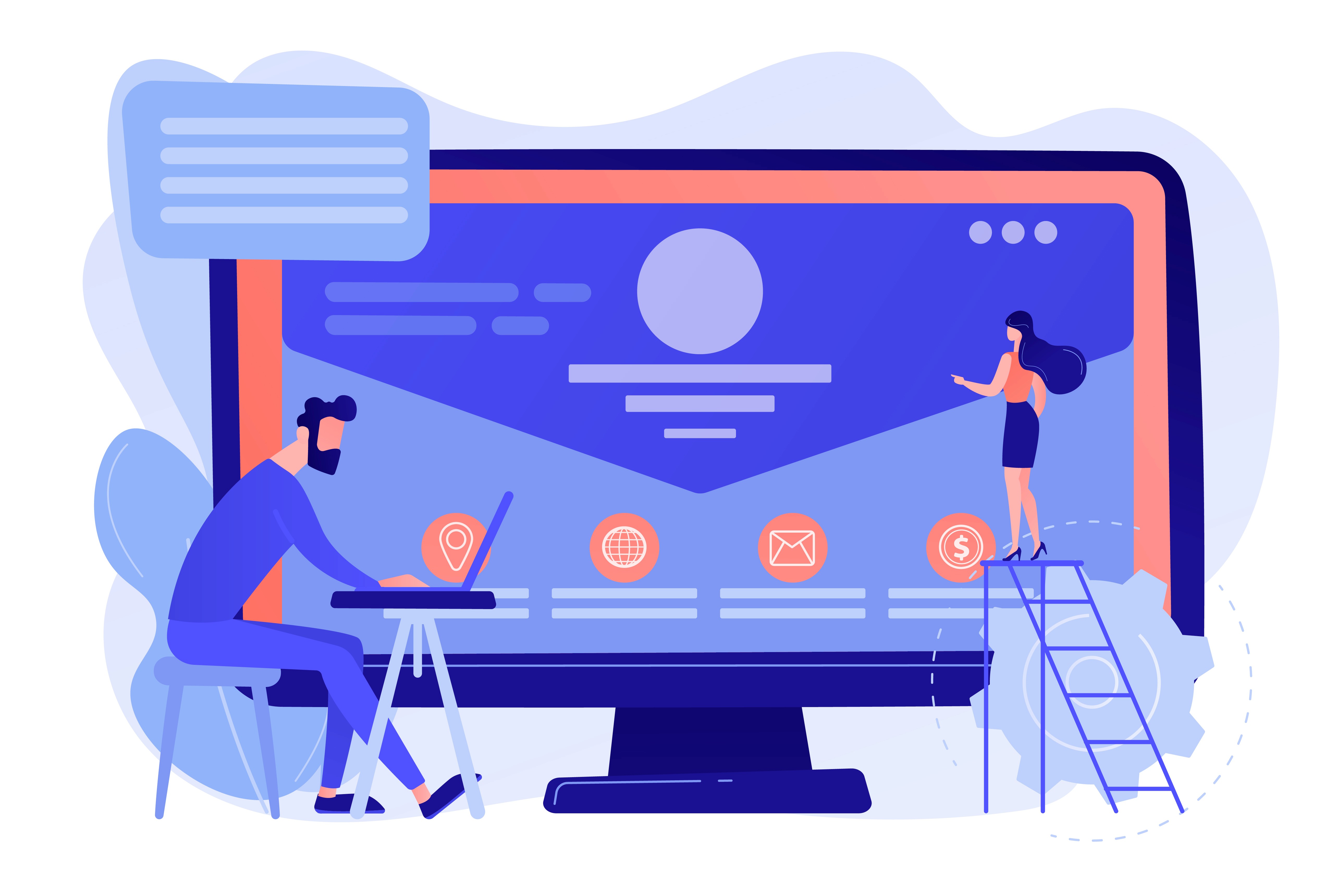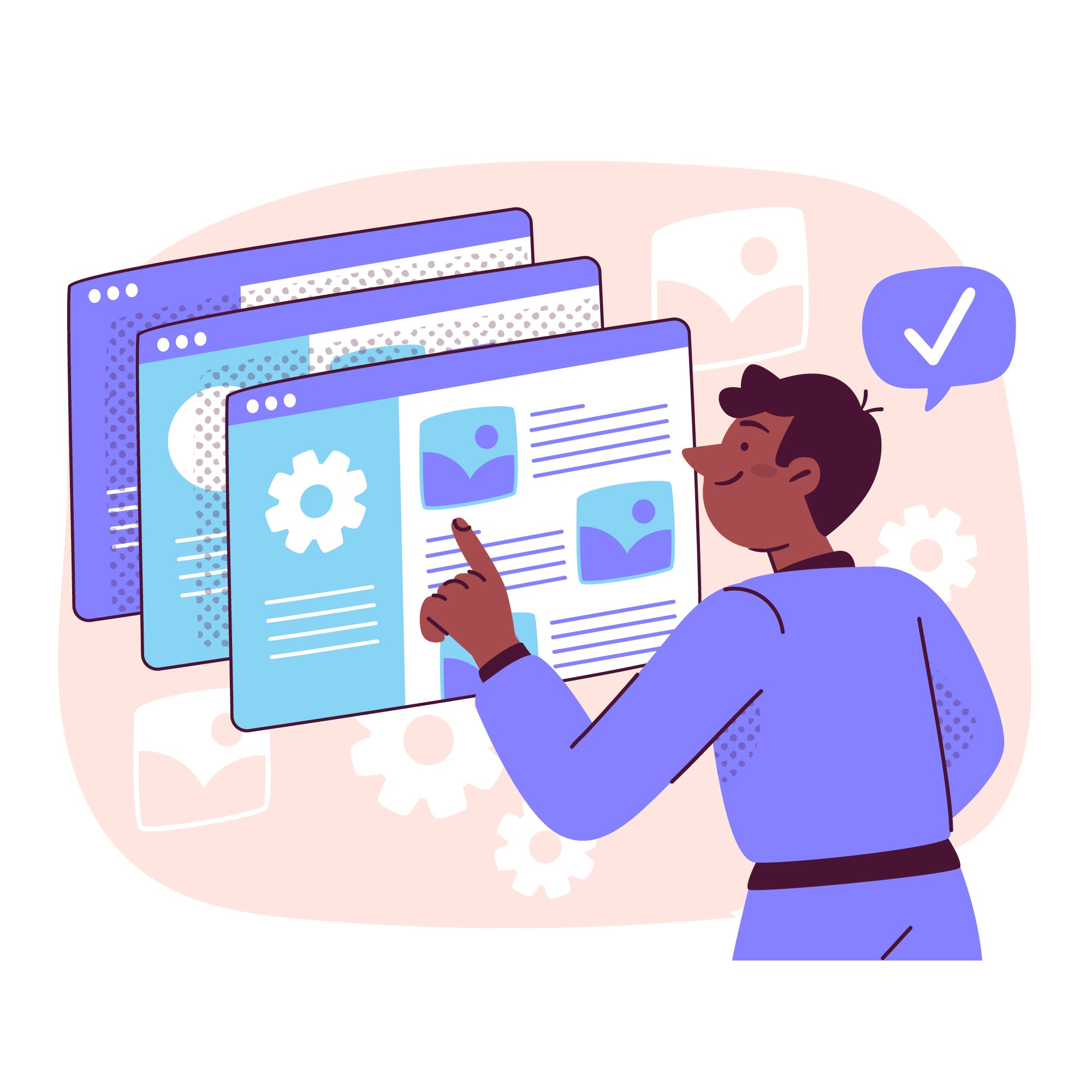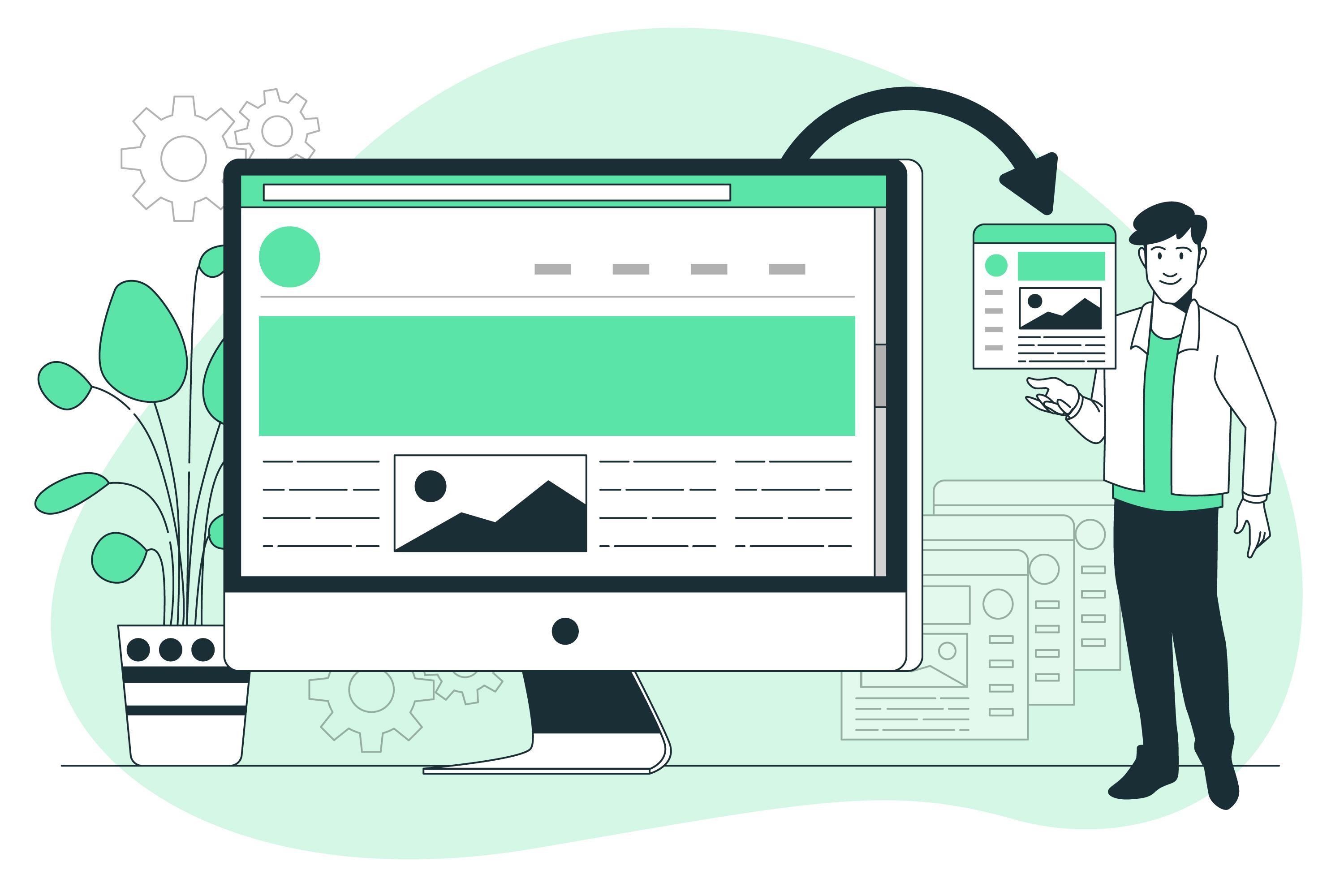Oct 4, 2024
Web Development
2 Comments
Web Portal Development: 10 Features Every Business Needs
A well-designed web portal can serve as the cornerstone of a business's online presence. Web portals provide a centralized platform where users can access a variety of functions and content related to a specific entity or subject.
For businesses looking to enhance customer engagement, streamline operations, and increase productivity, integrating key features into web portal development is essential. This article explores those crucial features, offering insights into how they can transform a simple web presence into a dynamic and functional portal.
1. User-Friendly Interface
The interface of your web portal is the first thing users interact with, making its design a critical component. A user-friendly interface should be intuitive, aesthetically pleasing, and simple to navigate. It should allow users to find the information they need without unnecessary complexity. Employing responsive design ensures that the web portal is accessible and functional across all devices, whether on a desktop, tablet, or smartphone.
2. Robust Security Measures
Security is paramount in web portal development, especially when handling sensitive user data. Incorporating robust security measures such as SSL certificates, data encryption, two-factor authentication, and regular security audits can help protect user information and prevent data breaches. A secure web portal builds trust with users, encouraging them to engage more deeply with the platform.
3. Customization Capabilities
Each business has unique needs and challenges, making customization a key feature for web portals. Allowing users to customize their dashboard, settings, and preferences makes the portal more relevant and useful to individual users. On the backend, customization features enable businesses to modify the portal to meet evolving requirements without needing a complete redesign.
4. Seamless Integration with Business Processes
To truly enhance business efficiency, a web portal should seamlessly integrate with existing business processes and systems. This includes CRM software, ERP systems, e-commerce platforms, and more. Integration facilitates the smooth exchange of data across systems, automating processes, and reducing the likelihood of errors, which enhances operational efficiency and improves user satisfaction.
5. Powerful Search Functionality
As web portals often contain extensive content and resources, powerful search functionality is essential. This should include the ability to perform quick, filter-based searches that return relevant results. An effective search feature enhances user experience by enabling users to navigate the portal effortlessly and access the information they need promptly.
6. Interactive Tools and Features
To keep users engaged, web portals should include interactive tools and features such as forums, chatbots, and feedback modules. These features not only improve user engagement but also provide valuable insights into user needs and preferences, which can guide future enhancements and content creation.
7. Comprehensive Analytics and Reporting Tools
Analytics and reporting tools are vital for tracking the performance of a web portal. They provide valuable data on user behavior, traffic patterns, and engagement metrics, which can help businesses make informed decisions about how to improve the portal. These tools should be easy to use and provide detailed, actionable insights.
8. Scalability
A web portal should be designed with scalability in mind to accommodate growth and changes over time. This includes being able to handle increasing numbers of users, data, and transactions without performance degradation. Scalability ensures that the web portal can continue to serve the business effectively as it expands.
9. High-Performance Backend
The technical backbone of a web portal must be robust to ensure fast loading times and smooth functionality. This involves using reliable hosting solutions, efficient coding practices, and regular updates and maintenance. A high-performing backend improves overall user experience and satisfaction, which is critical for retaining users.
10. Regular Updates and Support
Finally, ongoing updates and support are crucial for keeping a web portal relevant and functional. This includes regular updates to content, security features, and functionality, as well as timely technical support to address any issues users may encounter. Maintaining a current and fully supported web portal is essential for ensuring long-term user engagement and satisfaction.
Conclusion
Developing a web portal with these key features can significantly enhance a business's ability to serve and engage with its users effectively. By focusing on user experience, security, integration, and scalability, businesses can create a web portal that not only meets current needs but also adapts to future demands, ensuring long-term success and user satisfaction.
Tags
Development






